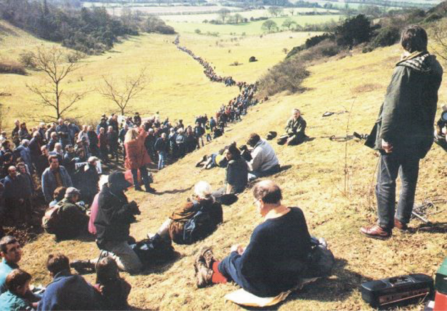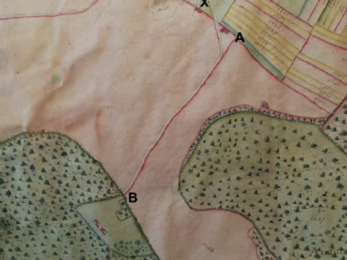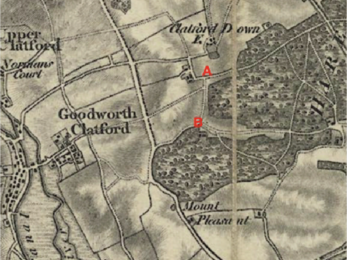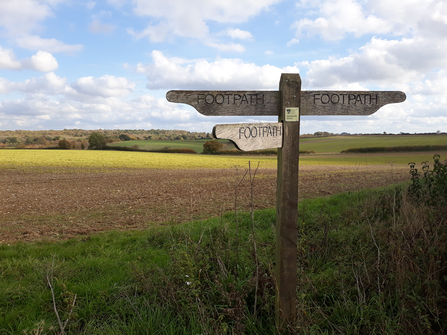Many years ago, there was a small boy who lived with his sister and parents in the Chiltern Hills. He grew up thinking of the countryside as his playground, but as he grew older it began to change around him. Signs saying ‘PRIVATE’ and ‘KEEP OUT’ appeared in the woods where he played, and with them came a very real sadness.
This childhood feeling of exclusion left me, the boy in question, with strong convictions about access to the countryside. As an adult, this access has become tightly bound to my sense of citizenship and belonging. I know the joy and healing it offers, and want everyone to be able to benefit as I have. Something, as they say, had to be done.





